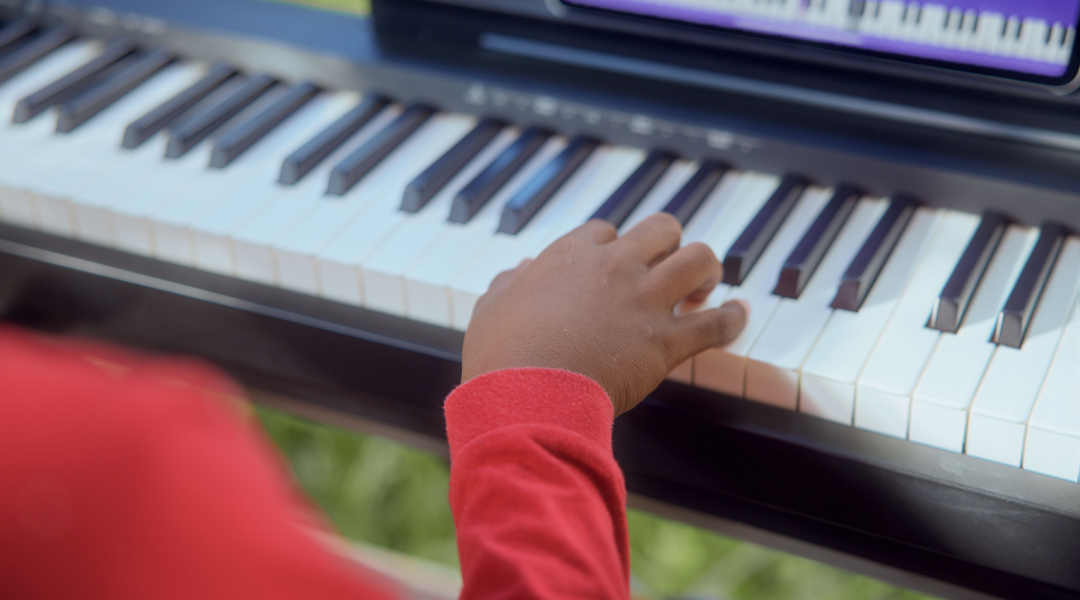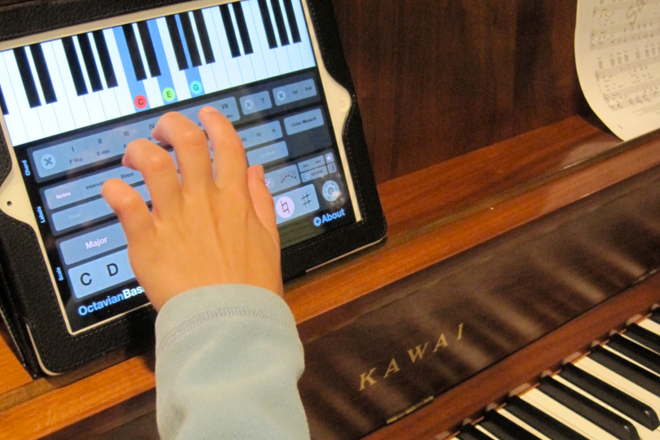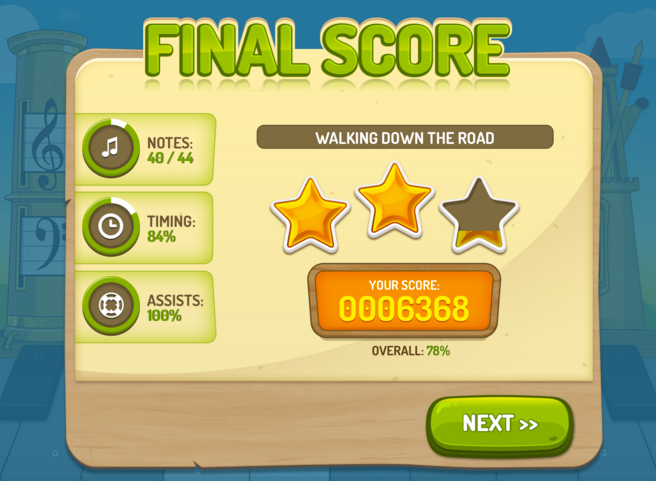How To Play Natural Harmonics On The Guitar
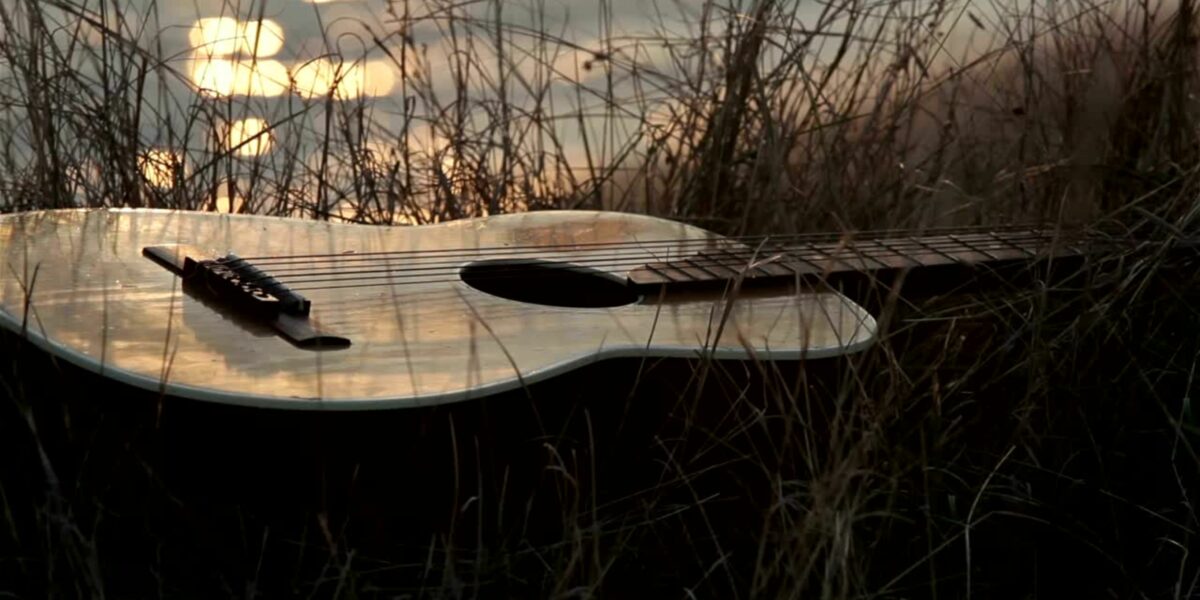
In this beginner’s guide, we will teach you everything there is to know about natural and artificial guitar harmonics.
When you first pick up the guitar, your want to learn where the notes are on the frets and how to strum. However, as you advance in your skills, you discover new techniques to make your songs come to life.
Guitar harmonics are fun to play and not too difficult once you learn how to find them on the guitar. This technique can add a bell-like quality to your strings. Are you ready to learn a new skill? Let’s dive into how to play natural and artificial harmonics on the guitar.
Are you ready to learn a new skill? Let’s dive into how to play natural and artificial harmonics on the guitar.
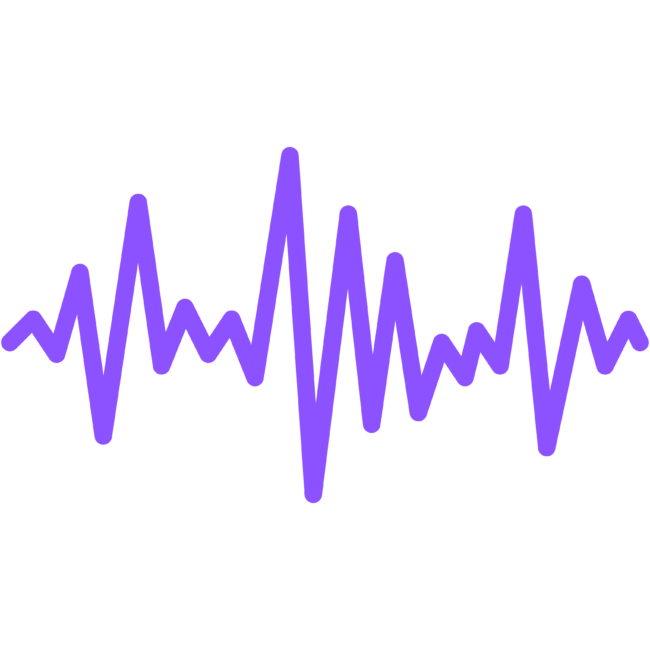
What are guitar harmonics?
You can hear subtle guitar harmonics every time you play the guitar. A note on guitar strings creates vibrations between the fret and string base.
The name note is audible because you play it intentionally. Then you have additional pitches that are less audible. These overtones are harmonic.
These overtones are harmonic.
When you play guitar harmonics, the string can vibrate from a fret to where the string meets the headstock. This technique brings the overtones to the forefront while the fundamental note takes a back seat. With this technique, you get a bell-like sound.
Guitar harmonics can add an impressive new tone to your guitar playing.
Natural vs. artificial harmonics and how to play them.
There are two different types of harmonics you can play on the guitar: Natural and artificial harmonics. Let’s look at each type.
Natural harmonics
With natural harmonics, you don’t fret a note. Instead, you play these with open strings, which is why some musicians refer to them as open-string harmonics.
You can find a natural harmonic on the fifth, seventh, or 12th fret. Use a light touch to let the harmonic ring out. If the harmonic is muffled or silent, you are pressing down on the string too hard.
Artificial harmonics
Artificial harmonics are slightly more difficult to play than natural harmonics. Instead of playing with open strings, you fret a note and then touch the string that is 12 frets up from your note. Then you should pick the string with a pick or your pinky finger. Release the string quickly to allow the string (and harmonic) to ring out.
You can also try different techniques to make these harmonics easier to play.
How to play natural harmonics on guitar.
Playing a natural harmonic is not hard at all once you know where to find them on the fretboard. Follow the step-by-step. Then try playing natural harmonics on your guitar.
Step 1: Find the fret marker
To play a natural harmonic on the guitar, you can lightly rest your finger over any string on the fifth, seventh, or twelfth fret bars. These frets should be easy to find since there are dots that mark these frets.
Step 2: Lightly touch the string
After you find the fret, place your finger above the fret bar and lightly touch a string. You don’t want to press down too hard to fret the note. The string should touch only the tip of your finger and nothing else.
Step 3: Pluck and release
Once you pluck the string, release your finger to get a crisp, bell-like harmonic note. If you are using a capo, remember to count up the fifth, seventh, or twelfth from the capo instead of the headstock.
Different harmonic techniques.
Natural harmonics are straightforward to play. However, you have different techniques you can try when you play artificial harmonics on the guitar. These include tap harmonics, touch harmonics, and pinch harmonics.
Tap harmonics
You can combine the tapping technique with harmonics to get tap harmonics. To play tap harmonics, use a finger of your right hand to tap the fret on top of the fret wire. For this harmonic, you don’t need to pluck the string. Tap and release. Using the whammy bar, you can emphasize the tap harmonic on an electric guitar.
Touch harmonics
Touch harmonics are similar to tap harmonics. For this technique, fret a note. Then tap your finger on the same string but at an octave above the fretted note.
Pinch harmonics
To play a pinch harmonic, you fret a note and then pick the string with a flicking motion. Hold the pick near the tip. This position gives you more control over your movement when you strike the note. With this technique, your thumb mutes the vibration right after you pick it.
Slap harmonics
You can create a slap harmonic by using a straight finger to slap several notes in one stroke. Instead of just one harmonic, you can hear several harmonics ring at once.
Artificial harmonic techniques can be tricky at first, but with practice, they can become second nature. To warm up your fingers so you can play these techniques nimbly, try these finger exercises: 5 Guitar Finger Exercises for Every Guitarist.
How do you read guitar harmonics in tablature?
Standard music notation indicates guitar harmonics with diamond-shaped notes and a dot next to the tablature numbers.
You may also see the words Harmonics or Harm above the staff. These words indicate a natural harmonic. If there are several notes in a row you should play, you may see a dotted line after the word Harm. Here are a few other harmonic terms and their abbreviations that you commonly see in tablature:
Right-Hand Harmonics (R.H. Harmonics or R.H. Harm.)
Sometimes you play harmonics with the right hand. You can use the right pointer finger to touch the harmonic node while your other fingers pick or pluck the string. To indicate that you should play with the right hand, you may see R.H. Harm in the tabs.
Artificial Harmonics (A.H.)
The abbreviation ‘A.H.’ is written above two fret numbers to indicate artificial harmonics. The first number lets you know which note to fret. The second fret number shows you which string you should fret to play the harmonic.
Tap Harmonics (T.H.)
The abbreviation T.H. above two numbers lets you know you should play a tap harmonics. The first number indicates where to fret the note, and the second shows where to tap the harmonic. The T.H. abbreviation can also include slap harmonics which you play with a straight finger. Instead of just one note, you see several notes following the term.
Pinch Harmonics (P.H.)
The abbreviation P.H. indicates a pinch harmonic. Underneath this term, you can see the number of the pitch. Below the staff, you may also see the word pitch followed by the note’s letter name.
A final word on guitar harmonics.
Harmonics can be satisfying to play and give you a new dynamic to your guitar. For beginning guitarists, it is simpler to start with open-string harmonics. Then you can try out different techniques with artificial harmonics.
To excel at guitar playing, you can download the Simply Guitar app. This app lets you stay on track while practicing guitar at home. It can also give you real-time feedback to strike all the right notes. Try it free for two weeks to see if it is for you!






